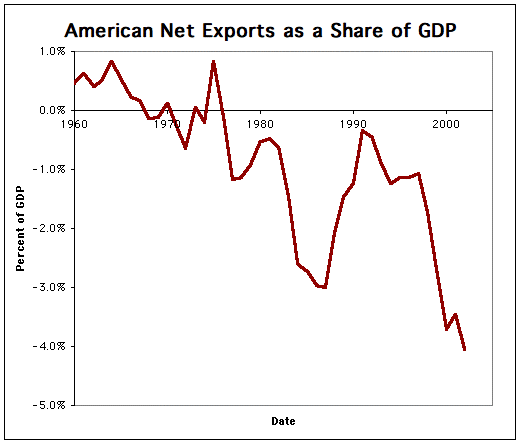Gold logged big gains in 2007 – up about 30% for the year. I believe the yellow metal should do even better in 2008. In fact, gold’s big breakout could come sooner rather than later. Take a look at this chart of gold through last week. 
I don’t want to get too technical, but my charts are giving me a minimum target on gold of $915 per ounce. I think we could get there a lot faster than most of Wall Street thinks possible. Indeed, I wouldn’t be surprised to see gold crack the $1,100 barrier in 2008, and probably go higher than that. Let’s look at a few reasons why …
Force #1: Tightening Supply-Demand for Gold. Gold comes from a bunch of sources – mines are just one of them. There’s also central bank selling and sales of gold scrap. Another source is hedging, or forward selling of gold production by miners – that’s different from regular production in that it locks in future sales of mine production at a set price and helps price stability.
Taken together, these make up the total supply of gold. And despite soaring prices, the total supply of gold is barely keeping up with demand.

And what this leads up to is a growing gap between supply and demand …
 The numbers for 2007 are a projection using the first three quarters of data collected by the World Gold Council. Total supply could differ, as could total demand.
The numbers for 2007 are a projection using the first three quarters of data collected by the World Gold Council. Total supply could differ, as could total demand.
Helping demand along is the growing consumer populations of emerging markets including China and India. But there is also the relatively new force of investment demand.
Force #2: New Demand from Gold Investment Vehicles. Worldwide demand for gold as an investment rose to 138 metric tonnes in the third quarter, up a stunning 618% from the 19.2 tonnes in the year-earlier period.
Exchange-traded funds that hold physical gold – GLD and IAU in the US, GOLD in Australia, GLD in Johannesburg, GBS in France and Britain – hold approximately 741 metric tonnes of gold at the end of November – up from just 39.4 tonnes in 2003. The huge rush of gold buying by the ETFs is helping drive the market – the easier it is for investors to buy gold, the more they buy, and the higher the price goes.
But the big buying by gold ETFs in the industrialized world is just the beginning. The real opportunity is going to come when precious metal ETFs and mutual funds open up in China and India.
Traditionally, gold buyers in those countries accumulated gold in jewelry form. But there’s evidence that is already changing. India already has precious metal ETFs and China shouldn’t be far behind.
So now two countries with a combined population of over 2.4 BILLION people will suddenly have a much easier way to buy gold. Both China and India have middle classes (by local standards) that number more than 300 million people. The effect on gold prices could be enormous.
You can see that a large gap is starting to develop between supply and demand, and if it weren’t for Central Bank selling and de-hedging by gold producers, it would be even worse. When you look at mine supply alone, global gold production fell to a 10-year low of 2,477 metric tonnes in 2006, according to Gold Fields Mineral Service (GFMS).
In fact, there are some indications that supply could come under real pressure in the months ahead …
Force #3: Global Mine Output Is Flat or Falling. Global gold production was down 3.1% in 2006 and is nearly flat this year. What’s more, Barrick Gold CEO Gregory Wilkins recently told the press: “There’s not much gold out there.” Barrick expects gold production will fall 10-15% below market expectations over the next three to five years.
There are some places where gold production is rising. For example, China will probably overtake the United States as the world's second-biggest gold producer this year. Production could rise 8% to a record 260 tonnes this year from 240 tonnes in 2006, according to Hou Huimin, deputy head of the China Gold Association. US output should be about 250 tonnes this year.
But for every success story, there are more mines that are drying up. South Africa is the gold mining kingpin, but probably not for much longer. South African production -- 134 tons in the first six months of 2007 -- has dropped by almost a third since 2002 as mining companies have been forced to dig deeper. In fact, South Africa’s output is down to its lowest level since 1922.
One reason why production isn’t ramping up with gold prices is there are fewer mining companies. The 20-year bear market in gold forced many marginal mines to close. And over the past 15 years, a wave of mergers has created a bunch of mega-sized gold miners. While the top five each produce between 3.5 and 7 million ounces out of the ground every year, they’re more likely to concentrate on working their existing mines and buying up other mines, and focus less on new exploration.
Bottom line: I expect gold to hit $1,100 per ounce in 2008.
Labels: gold






































